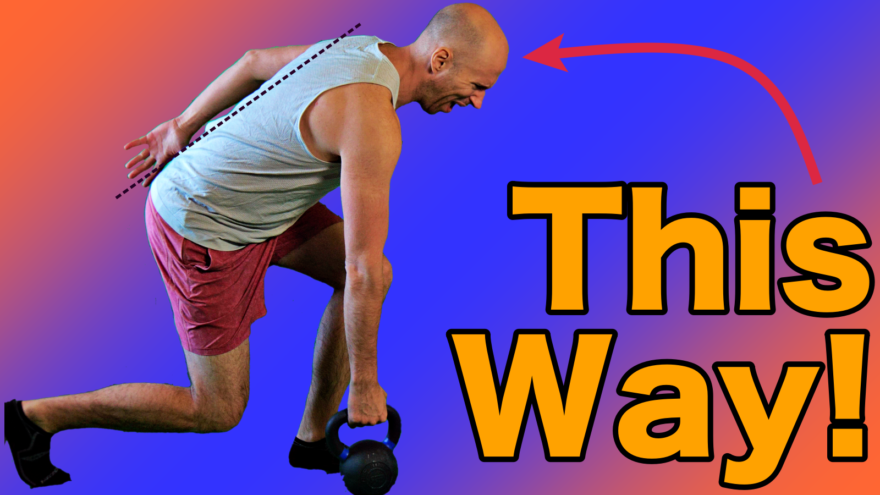Table of Contents
A split squat variation that targets the hamstrings and glutes
The split squat is an excellent exercise, but what if you are someone who loads the back leg WAY TOO MUCH, or you really want to work the hamstrings better than ever before?
Enter the forward lean split squat (or as I affectionately call it, the superhero split squat).
This variation introduces a hinge component to the split squat, which better works the posterior chain and minimizes back leg loading.
But what are the keys to performing this well? Who would benefit from this version the most?
I’ll answer that for you! Check out the video and post below for all the details!
When to program the forward lean split squat
We’ve talked about the importance of stacking when performing most exercises, but do you ever have someone who overtucks when you coach them? By overtucking, I mean they squeeze the glutes WAY HARD and the pelvis shoots too far forward? They may even have the appearance of a swayback posture.
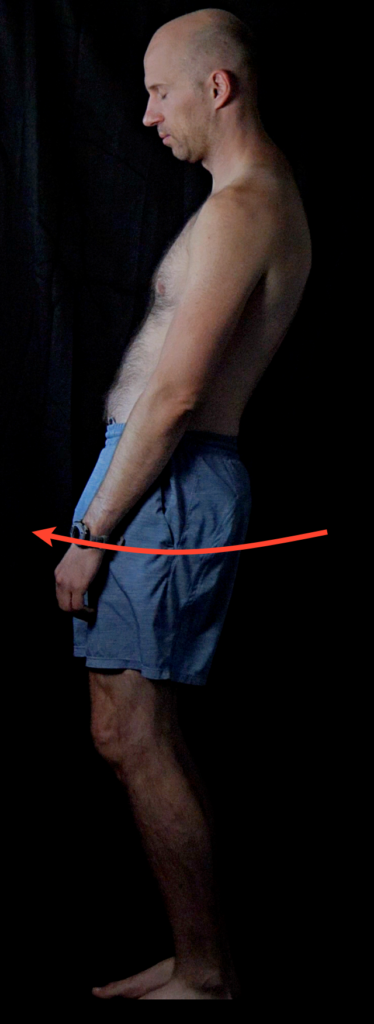
When you see this, the forward lean split squat is a PRIME exercise to choose. The reason why has to do with the biomechanics behind the swayback posture.
When you see someone who overtucks, what you are witnessing is increased muscle activity of the lower portion of the glute max and other muscles that sit below the level of the greater trochanter.
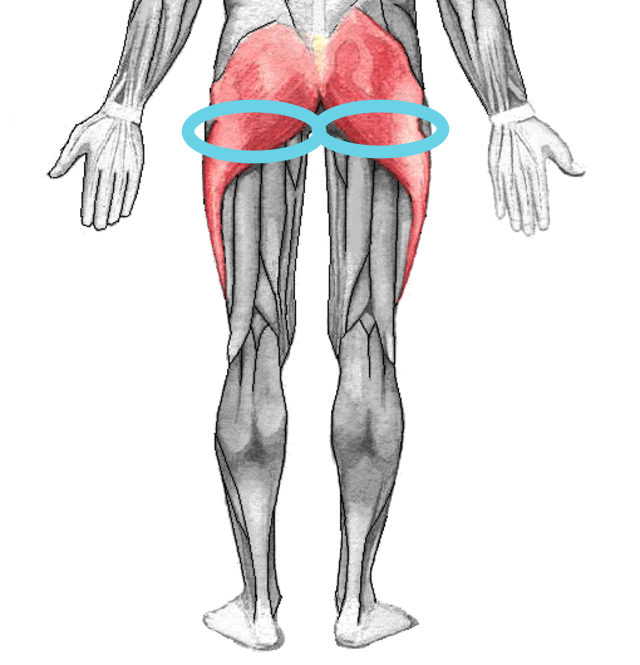
It may be that these peeps have increased resting tension in this specific area (for many reasons). So then when they attempt to tuck the hips, the pelvis translates forward. This action will limit both how well you can load the hips and the range of motion that is available in this region.
Aside from the visual tell, how can I know if I have an overtucker? They’ll present with the following measures:
- Straight leg raise often 45º or less (biggest indicator, a marker of an external rotation deficit)
- Hip external rotation often 60º or more (but sometimes limited if other compensations)
- Hip internal rotation less than 40º
As you can tell, this particular individual is limited in both external and internal rotation measures.
The issue? When you try to externally rotate with a posterior pelvic tilt, they overtuck. When you try to internally rotate with a hinge action, their range is significantly limited? Moreover, because of the biomechanics of hip flexion, I have to acquire external rotation before I think about improving internal rotation.
What are we supposed to do?
That, my friends, is why the split squat with forward lean can save the day.
Let’s look at the biomechanical reasoning behind this.
Forward lean split squat biomechanics
As stated above, external rotation motion must be restored before pursuing other ranges.
To increase this range, we have to improve the straight leg raise, our external rotation measure.
In order to increase this range, we have to create an eccentric position of the distal gluteus maximus. Basically, if we have someone who tends to translate the hips forward, we reverse engineer the position we need by translating the hips backward.
We need a move that works in the following sequence:
- Push the pelvis backward to eccentrically position lower glutes and prevent overtucking
- Move the pelvis vertically to put lower glutes on stretch, increasing external rotation range of motion
The split squat with forward lean fits perfectly here. Although it can be a more advanced move, it’s a perfect loading strategy to use when you have someone who overtucks.
Before you know it, they’ll be bad mothertuckers in no time!
Performing the forward lean split squat
Let’s breakdown the steps of the forward lean split squat
- Push hips back
- Back big toe pushes weight toward front inside heel
- Front leg has foot, knee, hip, chest, and eye centered over it throughout
- Inhale – Take a knee + push front knee forward
- Exhale – Return to the start
Let’s now look into each of these steps in greater detail.
1. Pushing the hips back in the forward lean split squat
This step is the critical piece in preventing overtucking, as it helps put the lower glutes on stretch. If the lower glutes are on stretch, they’ll have a helluva time translating the pelvis forward.
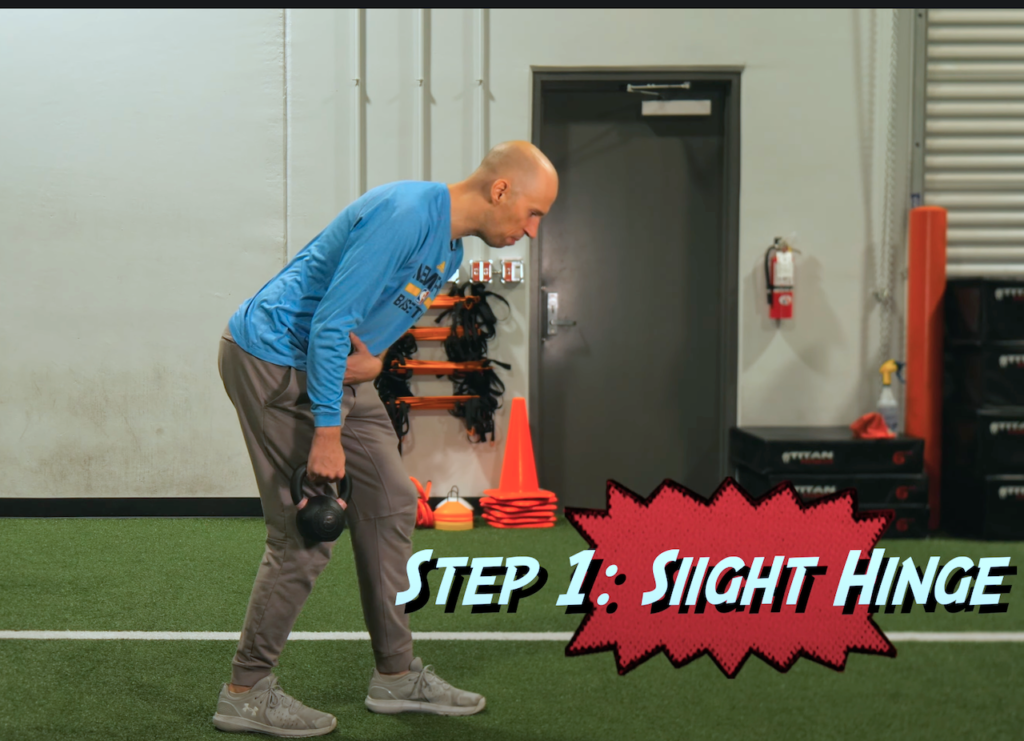
There are a few different cues I like to give for this part of the exercise:
- Push hips back
- Open door with rear
- Karate chop the waist
- Fold in half
The most common way people will screw this portion up is by bending over through the back, without pushing the hips backward:
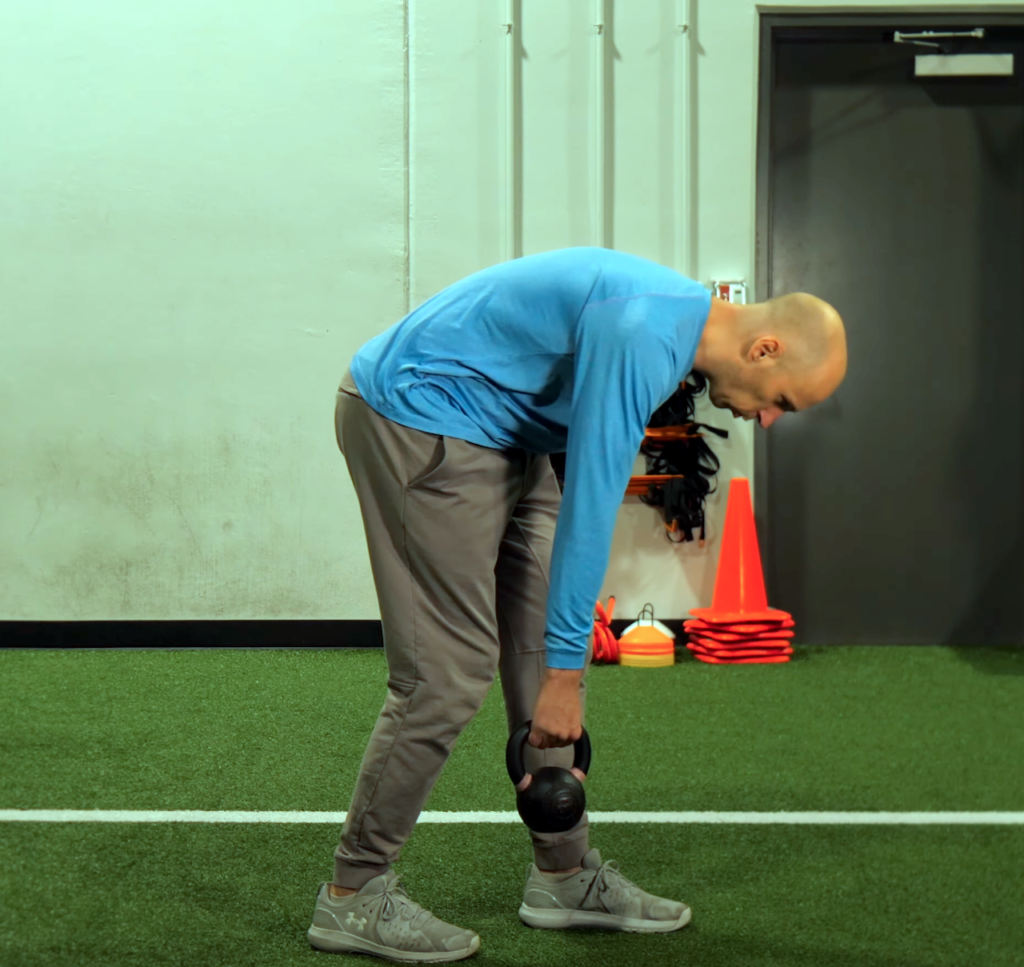
Providing one of the aforementioned cues, manually coaching the action, or showing them what they did vs what you want often takes care of this issue.
2. Back big toe pushes to inside heel during the forward lean split squat
This step uses foot cues to promote further stretch on the frontside glute, as well as teach the backside glute to contract without creating the overtuck.
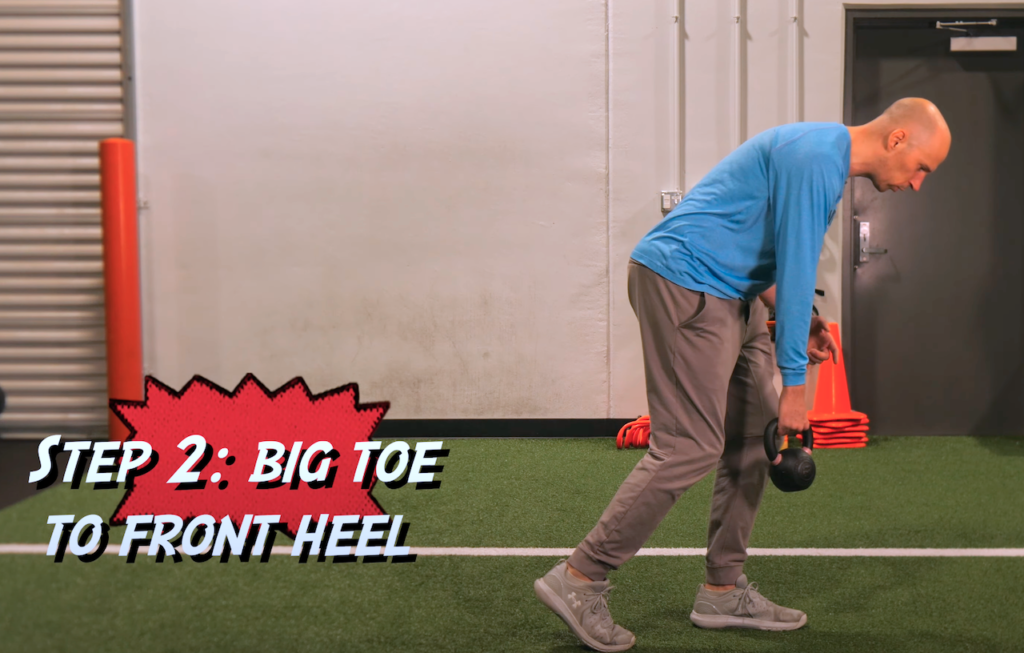
The most common way people will screw this portion up is by merely bending the back leg without shifting any weight forward. This fault actually increases loading through the back leg, which we don’t want. Can’t lengthen the lower glute that way big fam!
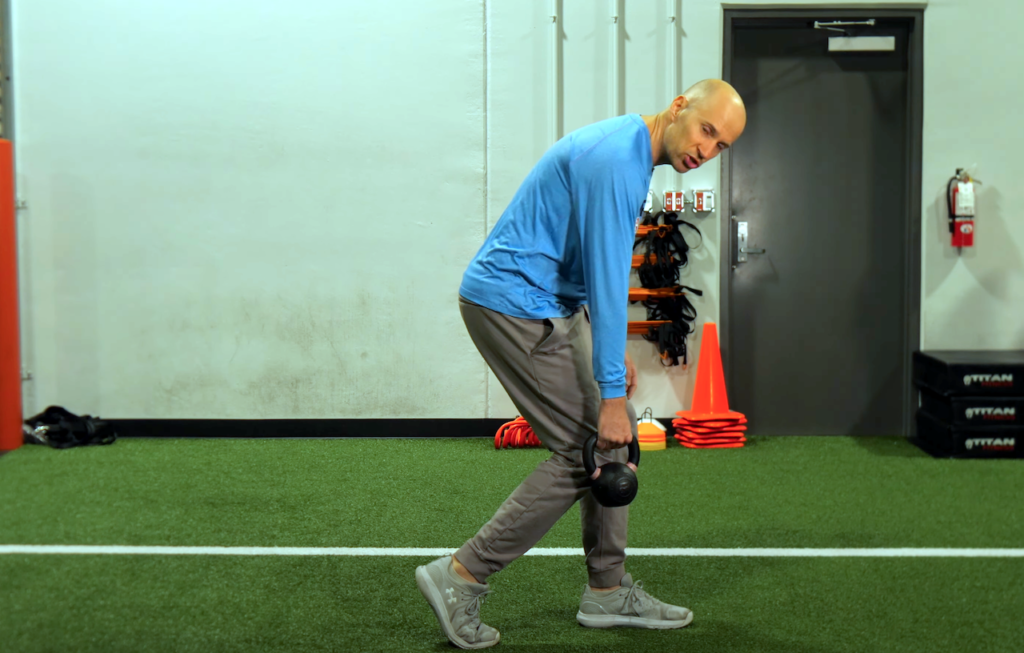
What I will often do when I see this is to have them practice weight shifting back and forth between these two positions. Have them get used to shifting weight from the back leg to the front leg.
If for some reason they are having a difficult time bending the front knee, or you see the front heel come up, I would recommend elevating the front foot to reduce the loading demands.
3. Centering front leg during the forward lean split squat
To ensure that you create an eccentric position of the front lower glute, you have to maintain a centered position on the front leg–foot, knee, hip, chest, and eye all over the front leg.
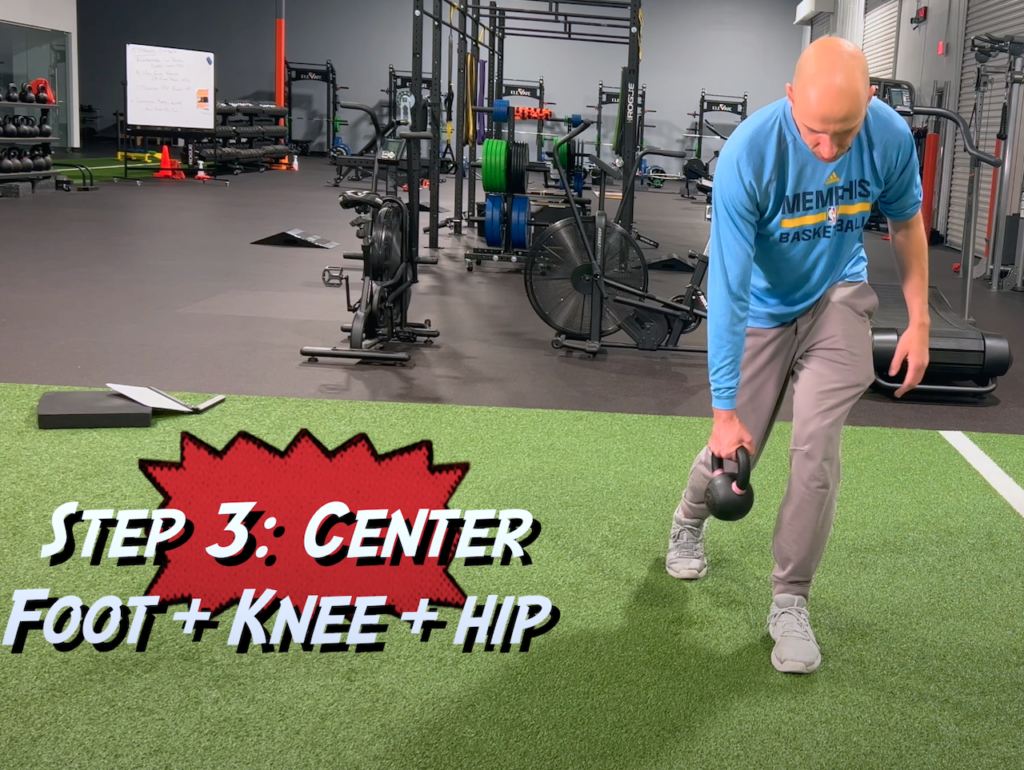
When I keep the front leg centered and “fixed” in this position, you force the pelvis to drive the rotational actions we need to increase available motion and minimize overtucking.
When you see someone’s knee cave in or shoot way out, that is the femur creating the rotational action needed during the split squat. These faults limit the rotational actions occurring through the pelvis. Meaning, glutes and pelvis gonna stay tight like a tiger big fam!
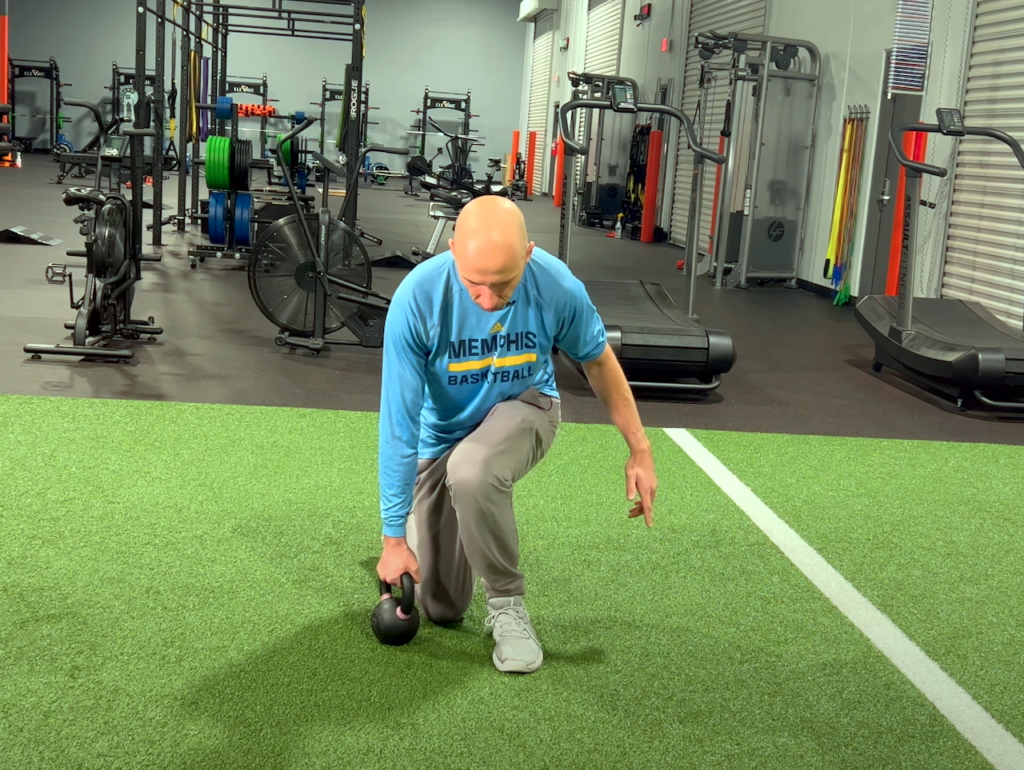
4. The eccentric and concentric phase of the forward lean split squat
To maximize loading through the front leg, I cue my peeps to take a knee but stay heavy on the front leg’s inside heel. Done correctly, you’ll see the front knee push forward over the toes (if has enough range):
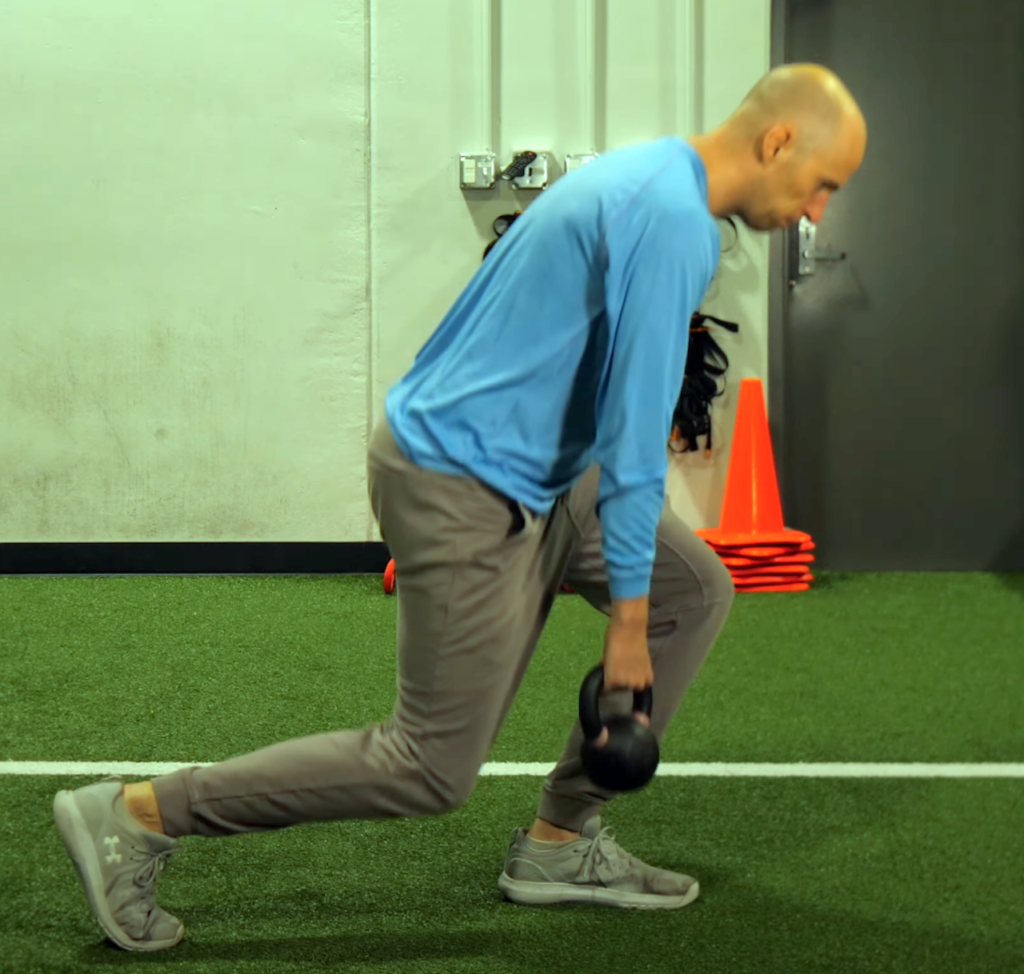
Done correctly, and the front leg glute and hamstring will be CRUSHED.
Sadly, this is hella tough. Many peeps will screw this action up. What you’ll often see is the back leg flex like gangbusters. This fault indicates that they are shifting their weight too far back.
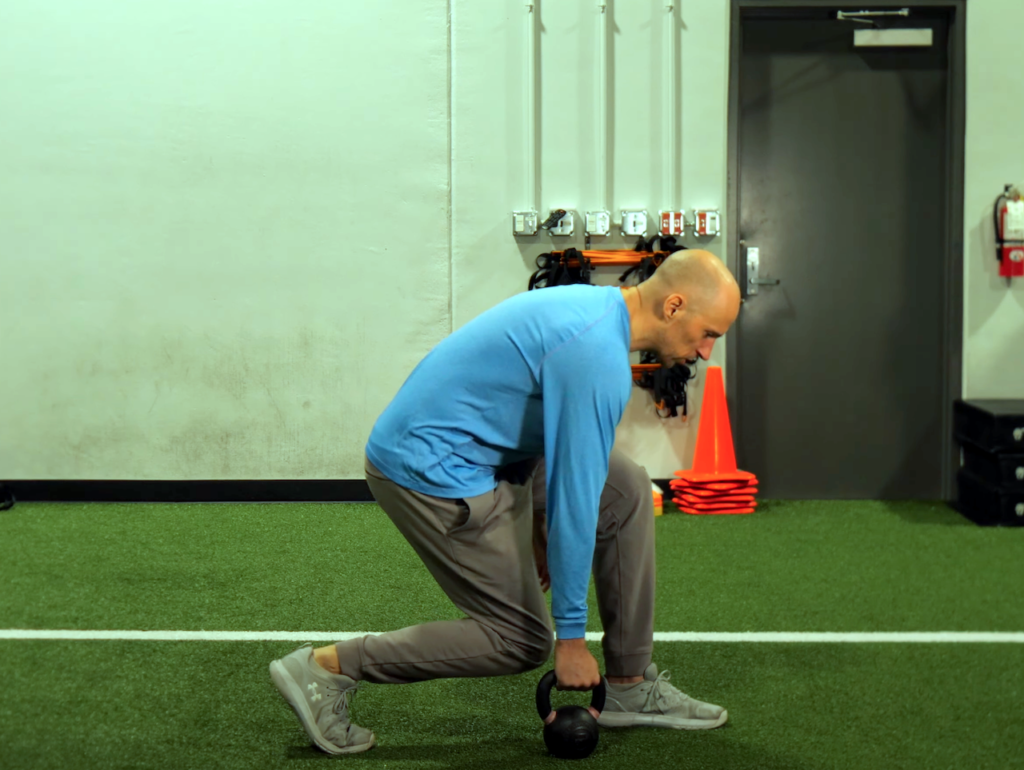
To fix this issue, cue a slow descent on the eccentric, and have them focus on front leg inside heel contact.
If they are still struggle bus during this portion, elevating the front foot can reduce the load demands. You could also try an isometric of this exercise to ensure they can maintain the position you need.
Sum up
And those are the major who, what, where, when, why, and how to perform the forward lean split squat (superhero split squat), one of my new favorite variations.
To summarize:
- Overtuckers and those with swayback posture struggle with traditional split squats, needing to eccentrically position the lower glutes
- The key to eccentrically positioning the lower glutes is pushing the hips back, but moving the pelvis vertically
- A forward lean split squat helps achieve the above goal
- Keys – Hips back, weight shift, centered leg, straight down and up
Give it a shot, and let me know what results you get!
Did you see some nice changes with this exercise? Are there struggle points I missed? Comment below and let the fam know!

